Archaeology has given us incredible glimpses into our past, revealing secrets that have rewritten our understanding of history. These extraordinary discoveries have challenged long-held beliefs and opened new chapters in the story of human civilization. Here are 21 archaeological finds that have made a significant impact on our knowledge of the past.
The Rosetta Stone

The Rosetta Stone, discovered in 1799 in Egypt, was the key to deciphering Egyptian hieroglyphs. This stone slab featured the same text in three scripts: Greek, Demotic, and hieroglyphic. Its discovery allowed scholars to unlock the language of ancient Egypt, revolutionizing our understanding of Egyptian culture and history.
The Dead Sea Scrolls
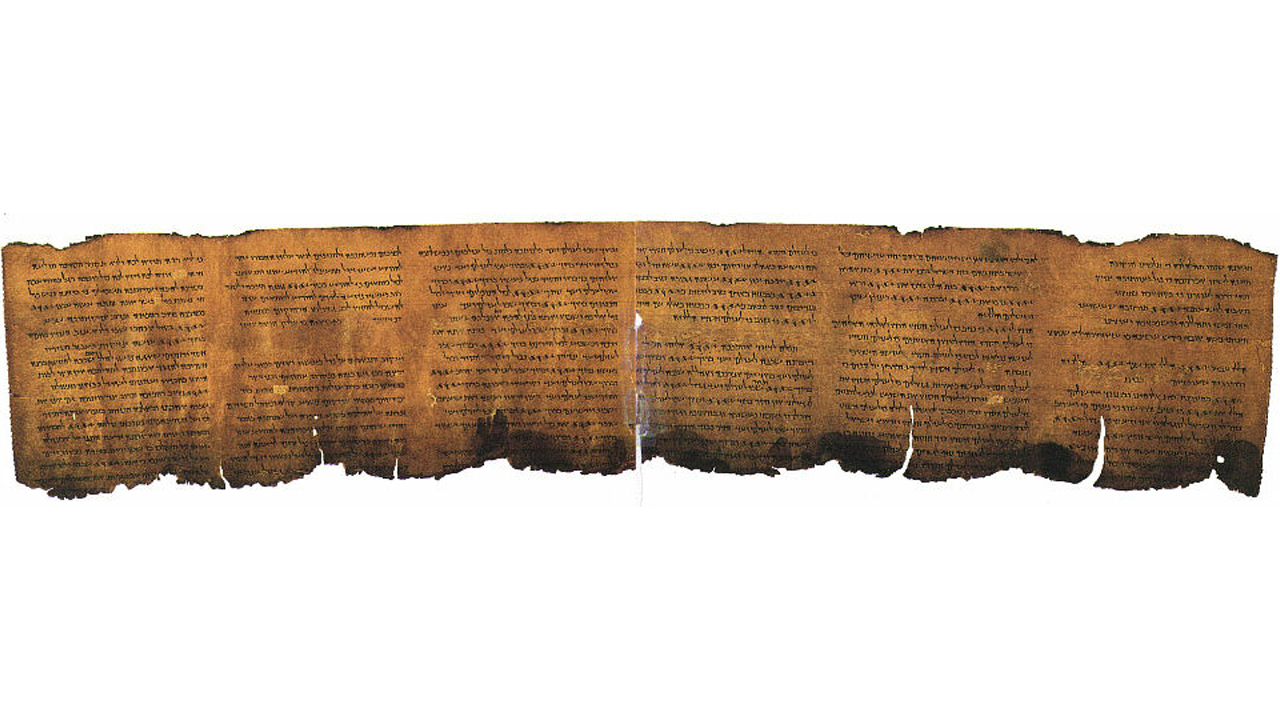
Found in the Qumran Caves near the Dead Sea between 1947 and 1956, the Dead Sea Scrolls are ancient Jewish texts. These scrolls include some of the earliest known manuscripts of the Hebrew Bible, providing valuable insights into the history of Judaism and the origins of Christianity.
The Terracotta Army
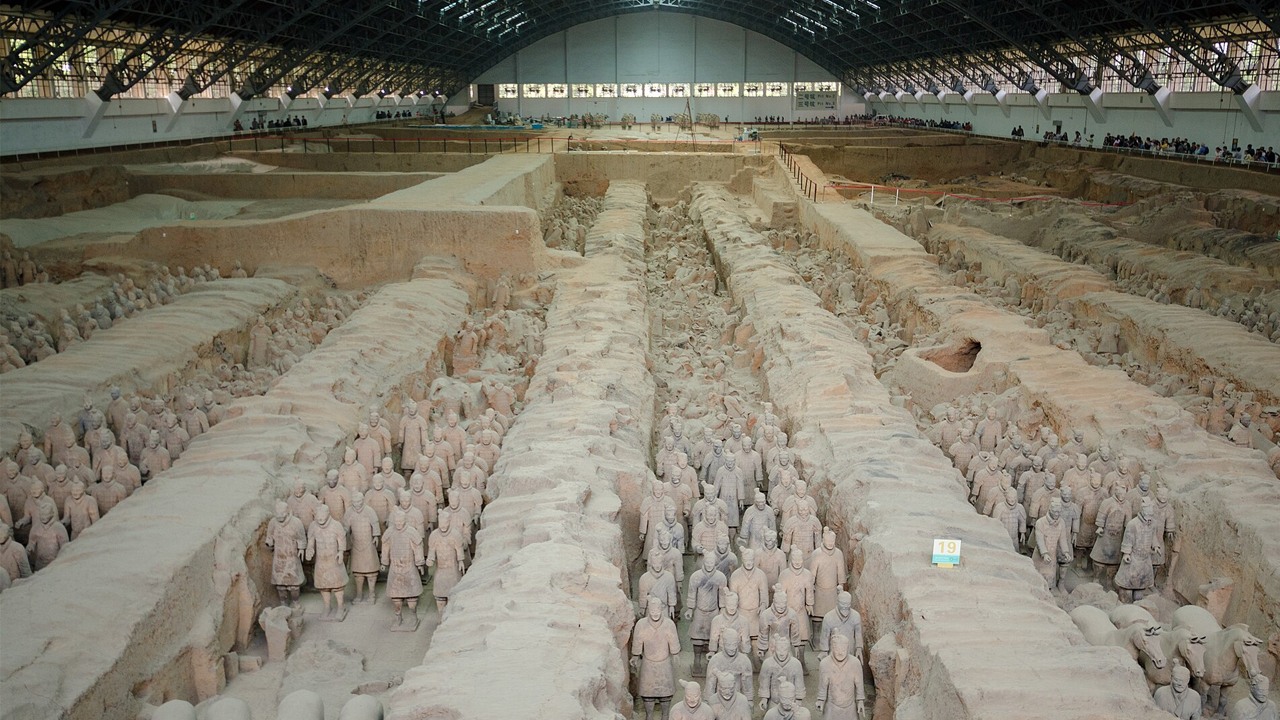
In 1974, farmers in China’s Shaanxi province uncovered the Terracotta Army, a collection of thousands of life-sized clay soldiers. Buried with China’s first emperor, Qin Shi Huang, these statues revealed much about ancient Chinese military practices and funerary art.
Pompeii
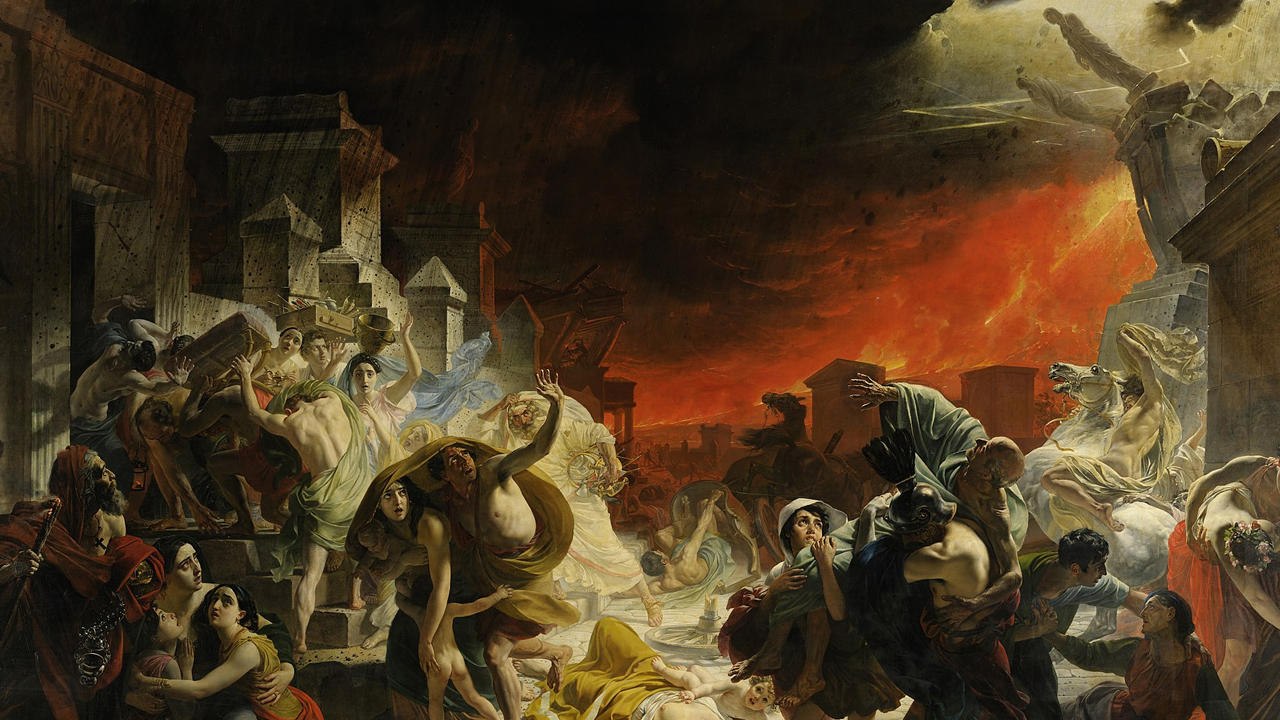
The ancient Roman city of Pompeii was buried under volcanic ash after the eruption of Mount Vesuvius in 79 AD. Rediscovered in the 18th century, the preserved ruins offer a detailed snapshot of Roman life, including homes, shops, and public buildings, frozen in time.
King Tutankhamun’s Tomb
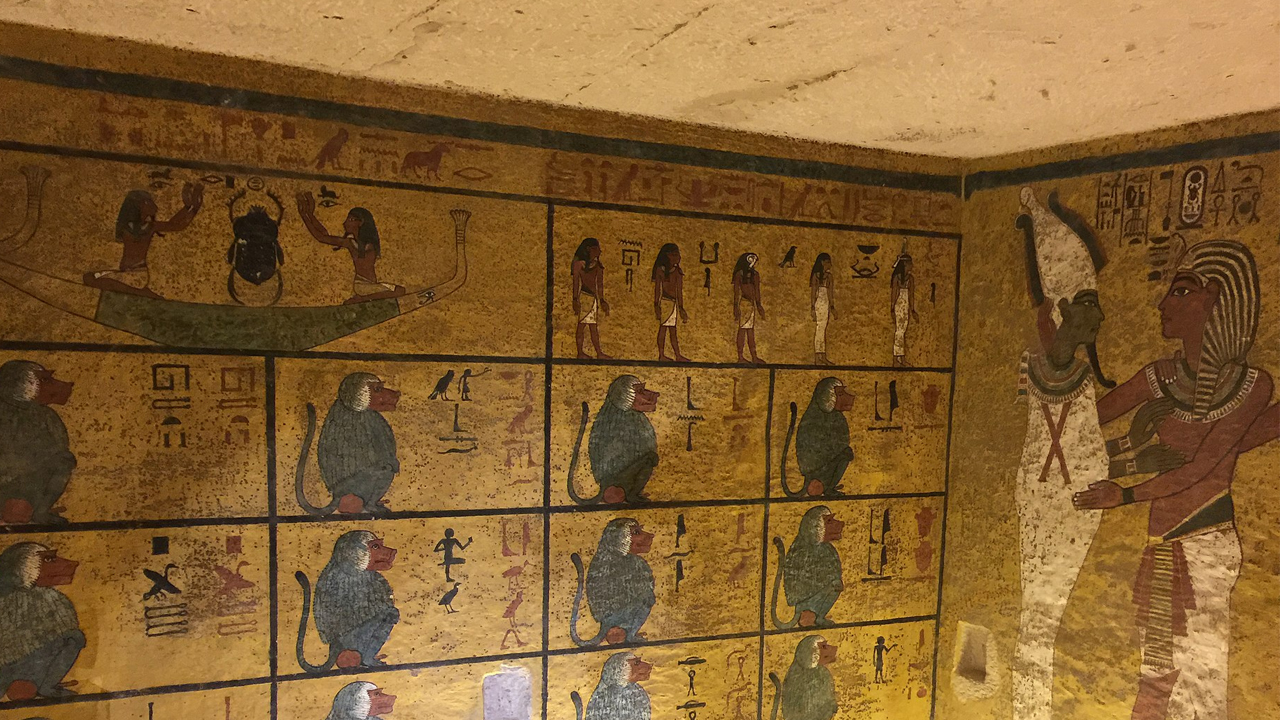
Discovered in 1922 by Howard Carter in Egypt’s Valley of the Kings, the tomb of King Tutankhamun was filled with treasures. This find provided a wealth of information about Egyptian burial practices and the young pharaoh’s life, as well as stunning artifacts.
The Lascaux Cave Paintings
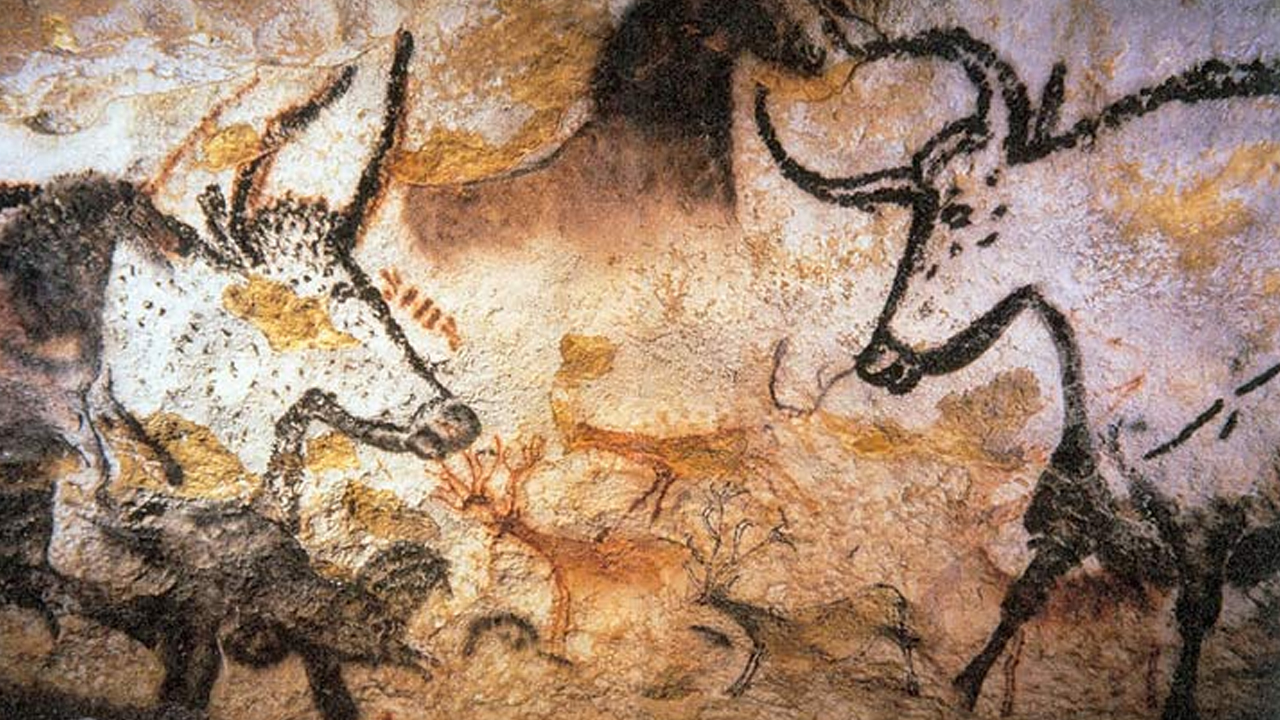
The Lascaux Caves in France, discovered in 1940, are home to some of the most famous prehistoric cave paintings. These artworks, dating back around 17,000 years, depict large animals and provide insights into the lives and beliefs of early humans.
Machu Picchu

The Incan city of Machu Picchu, discovered in 1911 by Hiram Bingham, sits high in the Andes Mountains of Peru. This well-preserved site reveals the ingenuity of Incan architecture and offers a glimpse into their sophisticated society.
The Antikythera Mechanism
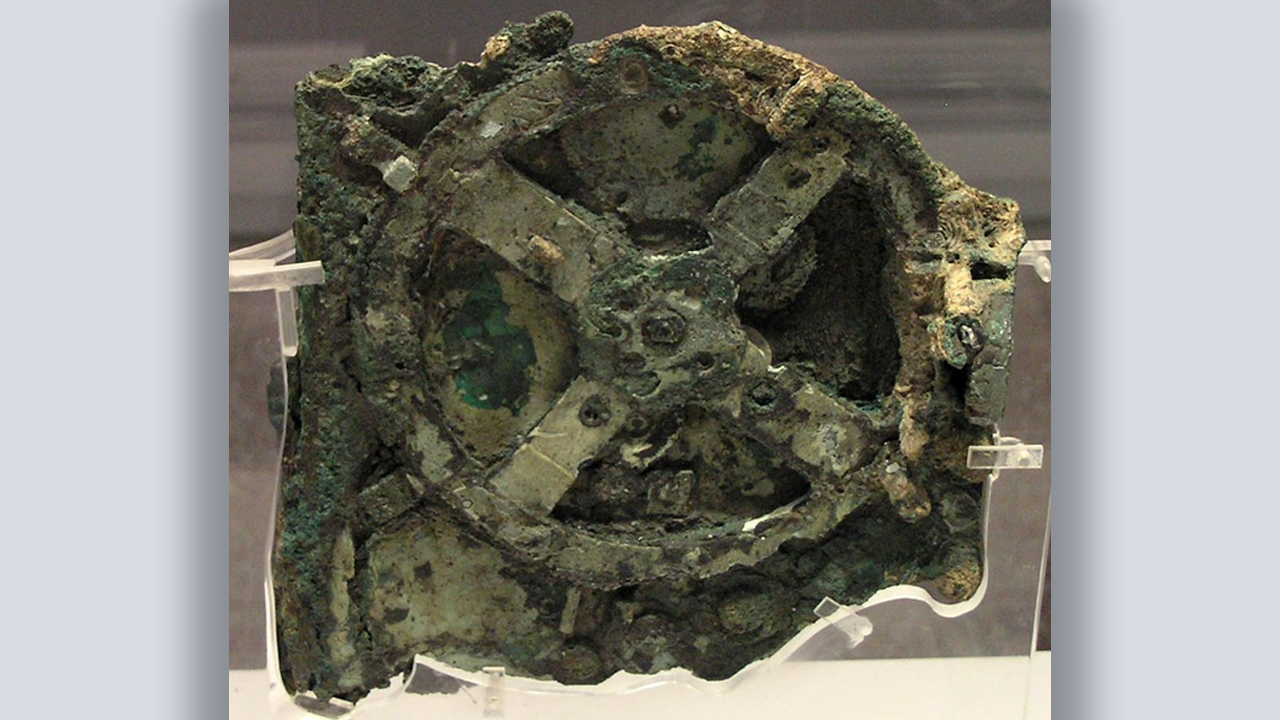
The Antikythera Mechanism, recovered from a Greek shipwreck in 1901, is an ancient Greek analog computer. This device, dating back to around 100 BC, was used to predict astronomical positions and eclipses, showcasing advanced ancient engineering.
Göbekli Tepe
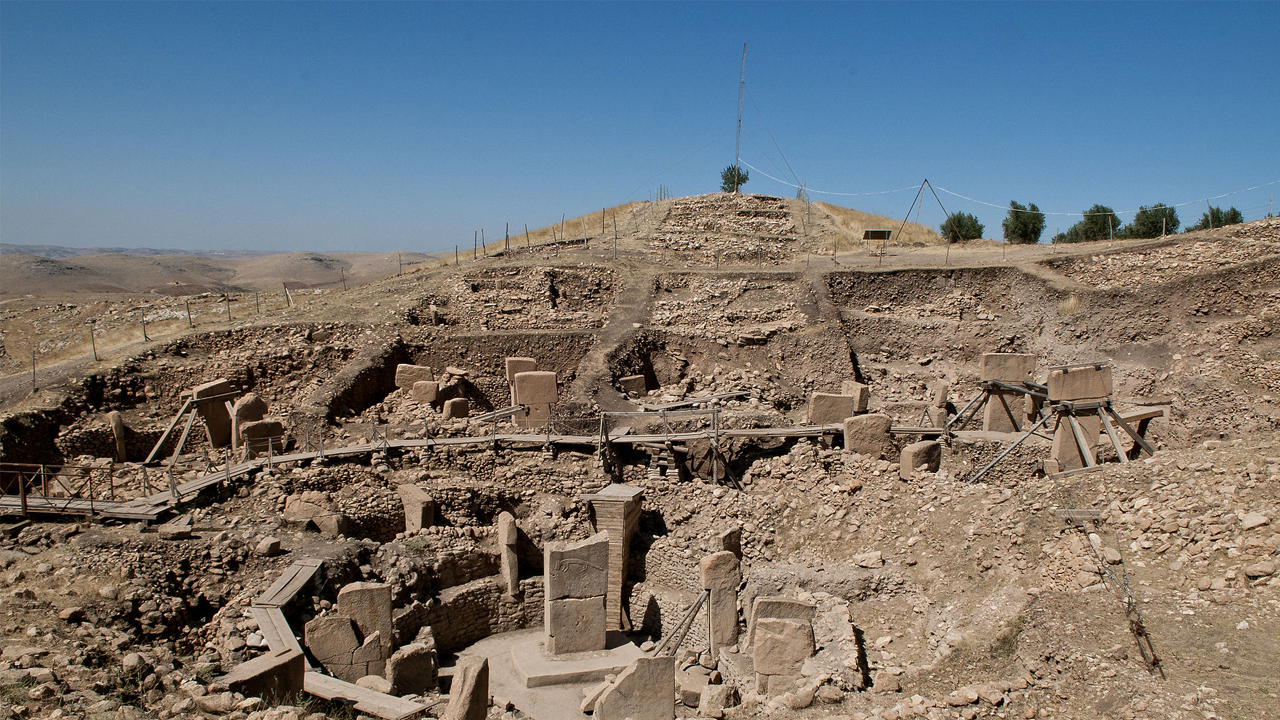
Göbekli Tepe in Turkey, discovered in the 1990s, is one of the oldest known temple complexes, dating back over 11,000 years. This site challenges our understanding of early human society and suggests that religious practices may have predated settled agricultural communities.
The Ice Maiden
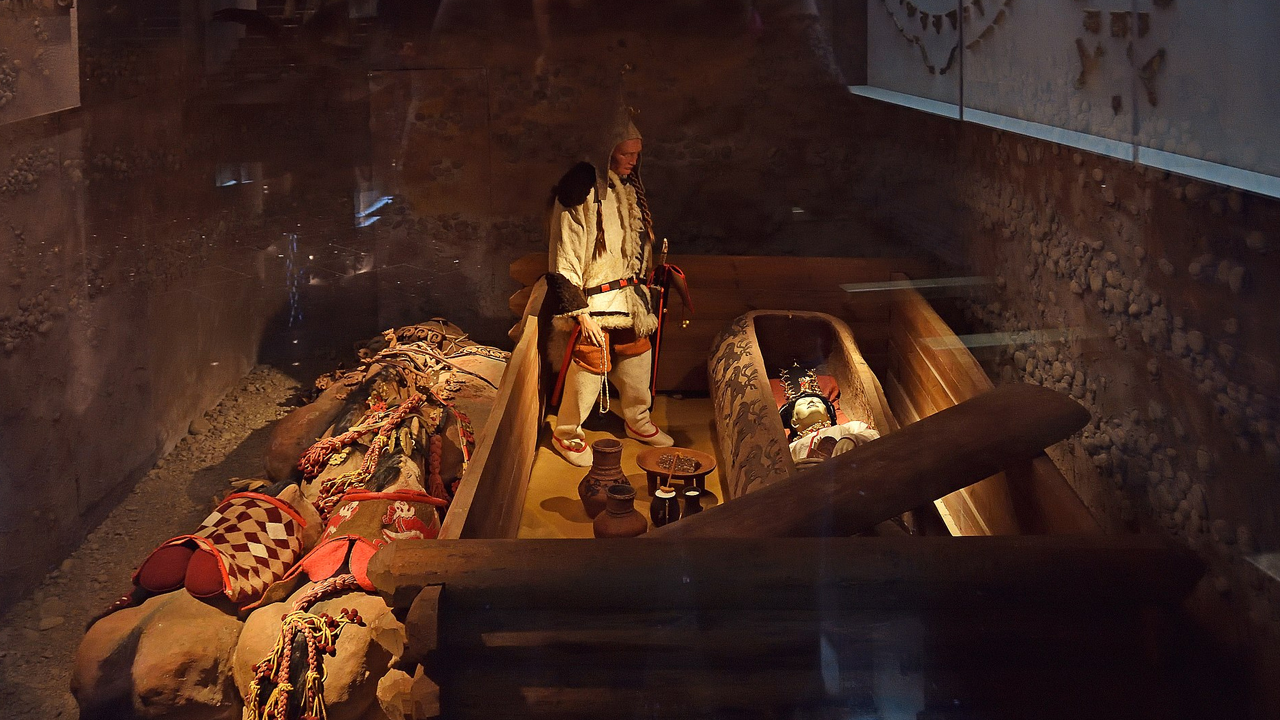
Discovered in Siberia in 1993, the Ice Maiden is a remarkably well-preserved mummy of a young woman from the Pazyryk culture, dating back to the 5th century BCE. This find offers a unique glimpse into the lives and burial practices of ancient Siberian nomads.
The Sutton Hoo Ship Burial
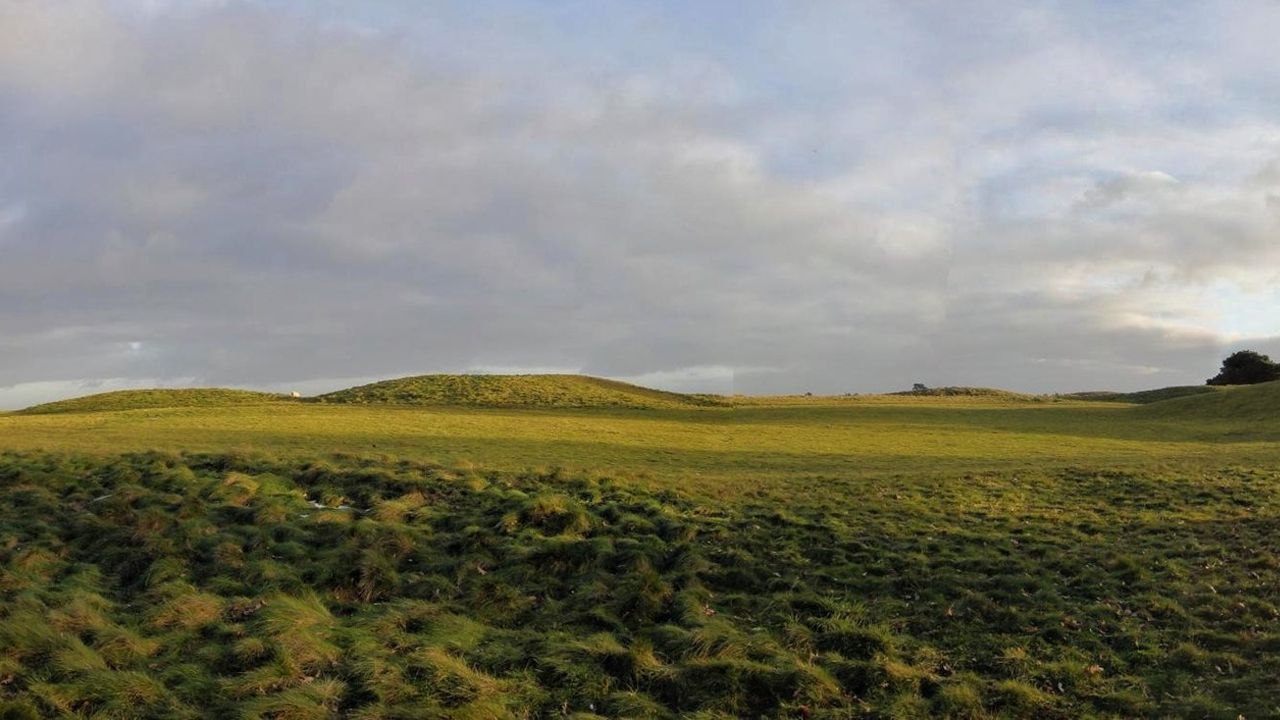
Discovered in 1939 in England, the Sutton Hoo ship burial is one of the most important Anglo-Saxon archaeological finds. The burial site, filled with treasures, revealed much about the wealth, craftsmanship, and connections of early medieval England.
The Nazca Lines
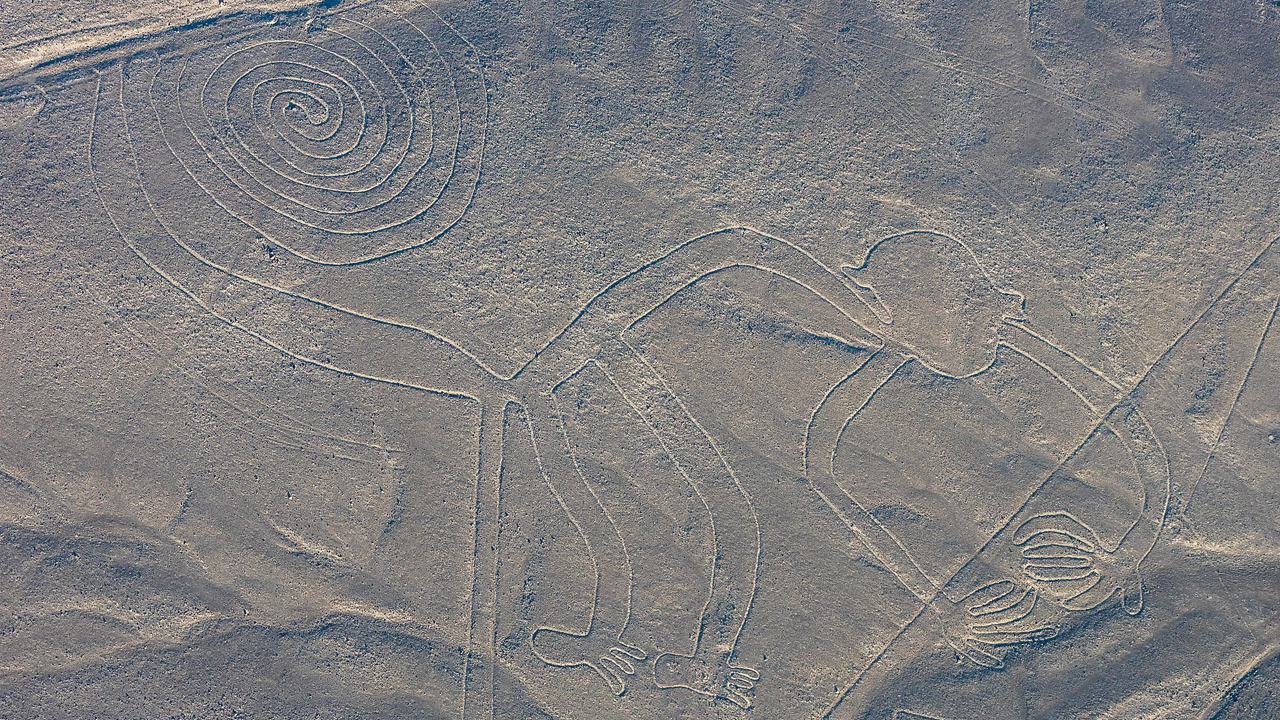
The Nazca Lines in Peru are a series of large geoglyphs created between 500 BC and 500 AD. Rediscovered in the 20th century, these lines, depicting animals and geometric shapes, remain a mystery but are believed to have had astronomical or ritualistic significance.
The Pyramids of Giza
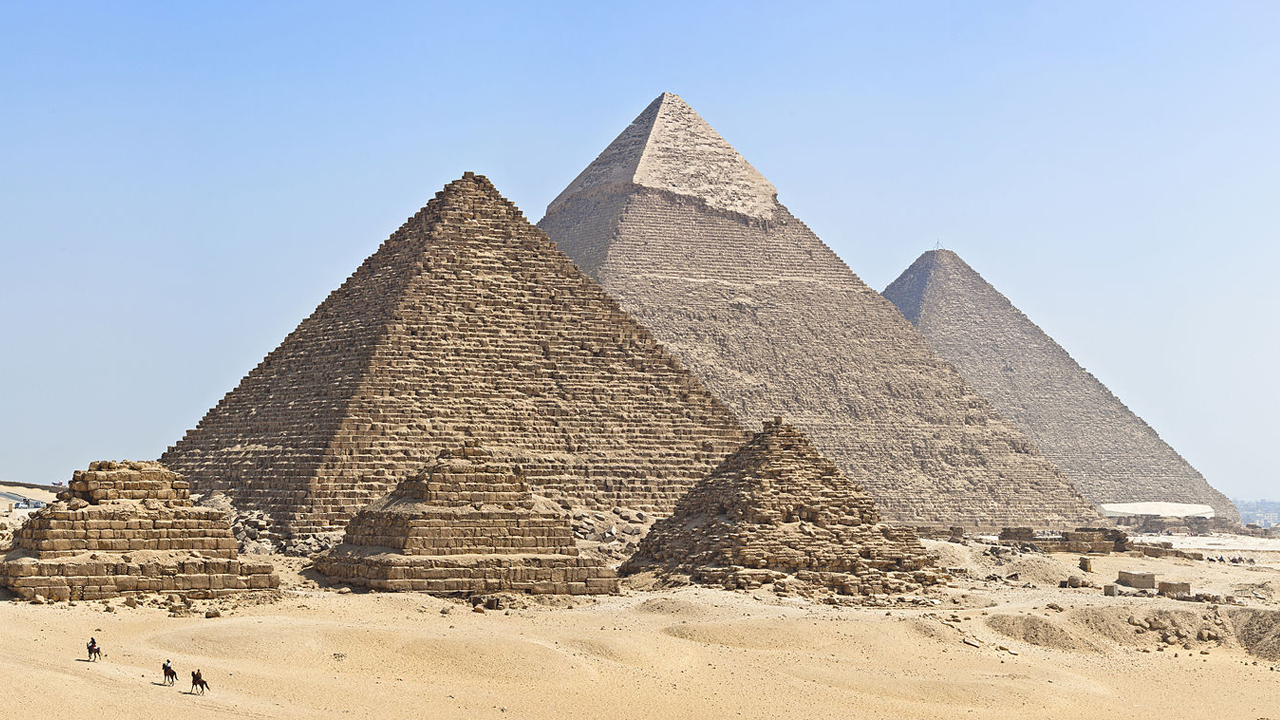
The Pyramids of Giza, particularly the Great Pyramid, have fascinated people for centuries. Although not a recent discovery, ongoing archaeological work continues to uncover new details about their construction and the society that built them.
The Altamira Cave Paintings
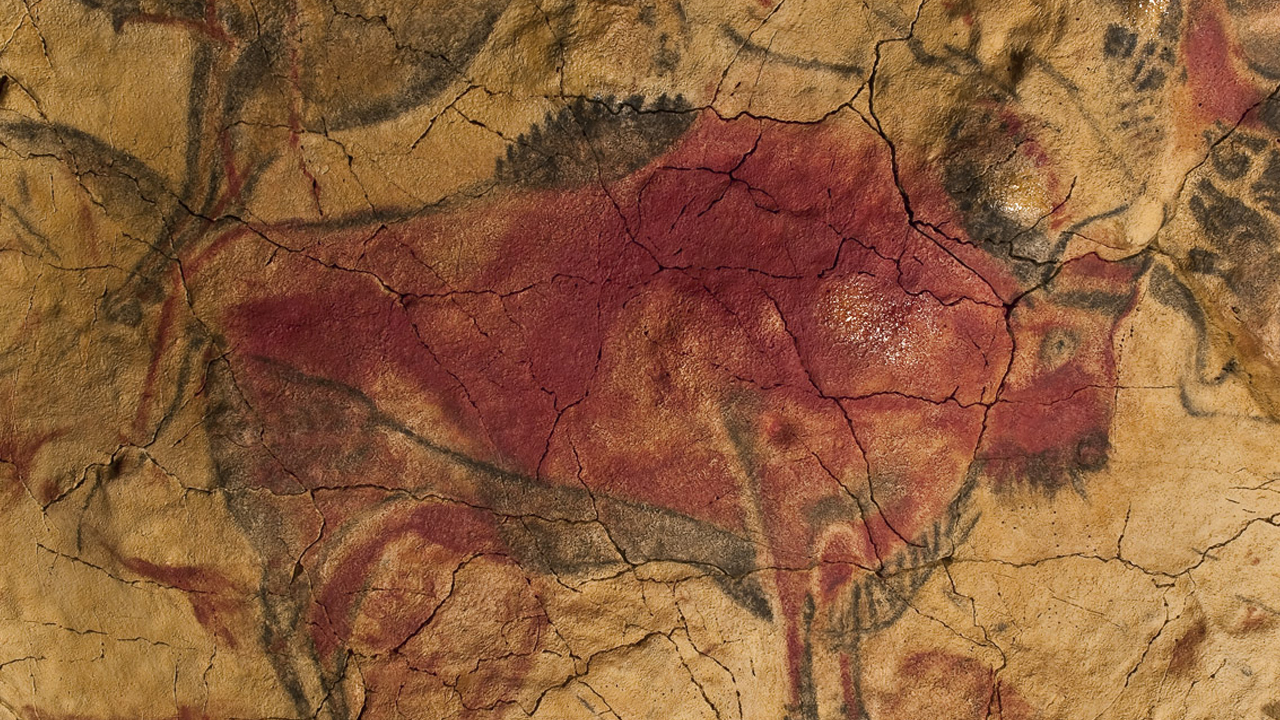
Discovered in Spain in 1868, the Altamira Cave paintings date back around 36,000 years. These vivid depictions of animals provide some of the earliest evidence of human artistic expression and help us understand the lives of our prehistoric ancestors.
The Baghdad Battery
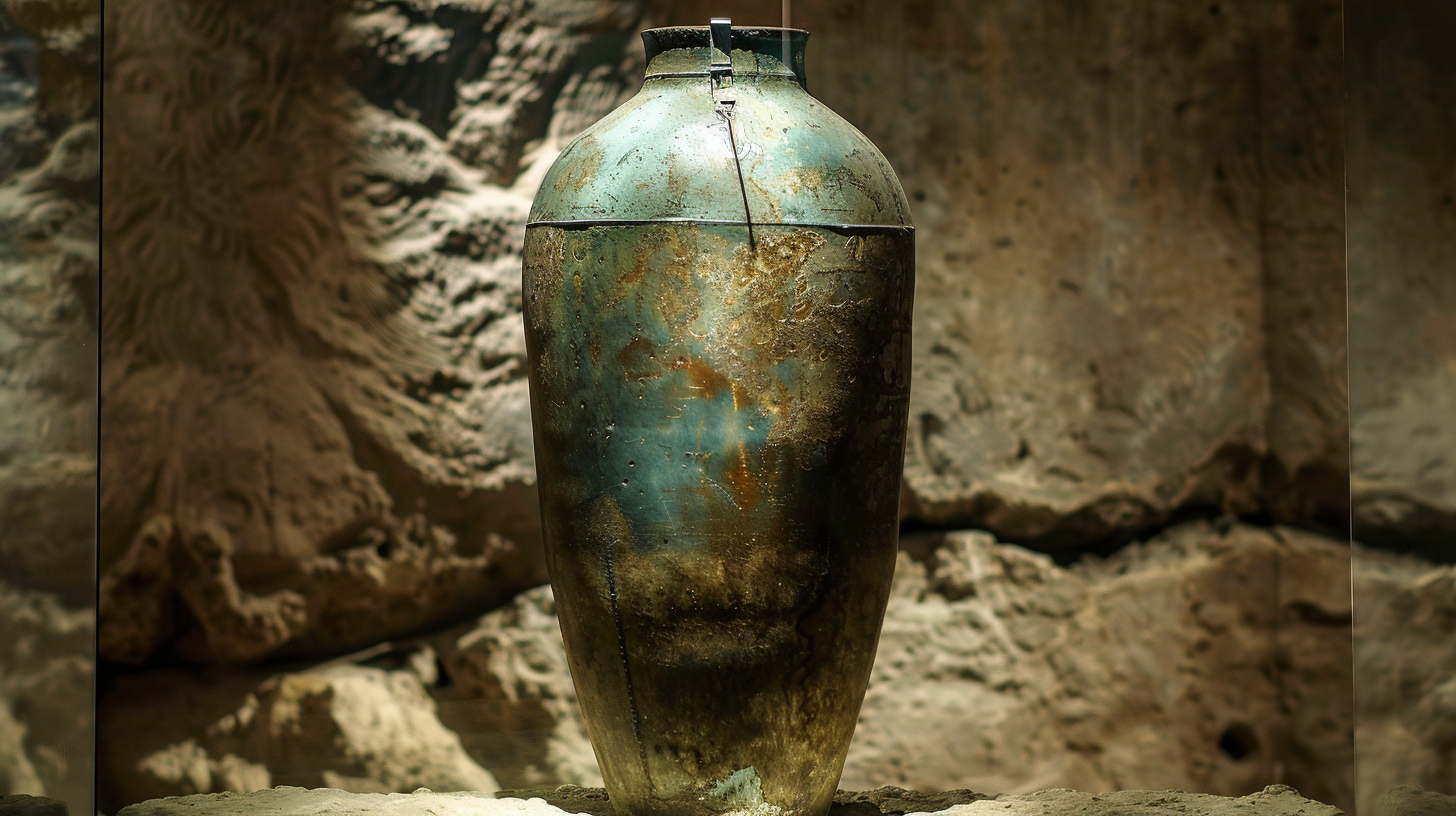
The Baghdad Battery, found in Iraq and dating back to around 250 BC, is a set of three artifacts believed to have been used as a primitive battery. This discovery suggests that ancient civilizations may have had knowledge of electrochemical processes.
The Olmec Colossal Heads
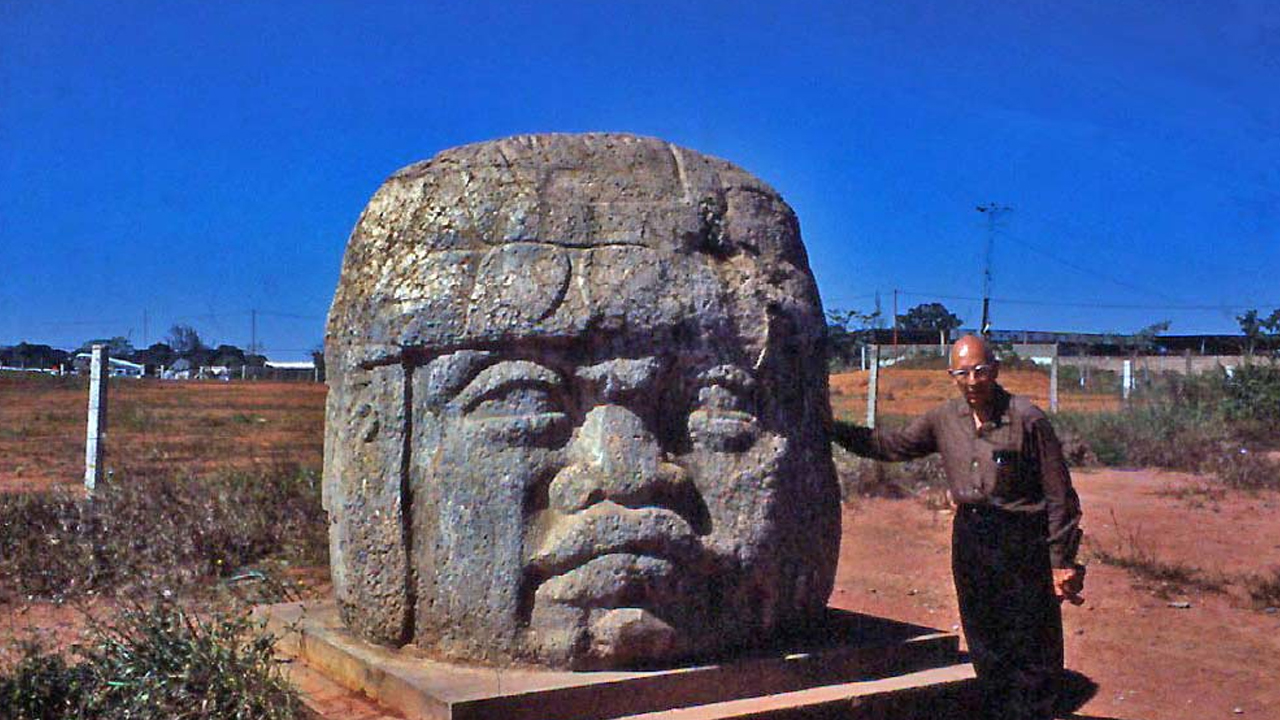
The Olmec Colossal Heads, discovered in Mexico, are giant stone sculptures created by the Olmec civilization around 900 BC. These heads provide insights into the art, religion, and societal structure of one of Mesoamerica’s earliest cultures.
The Library of Ashurbanipal
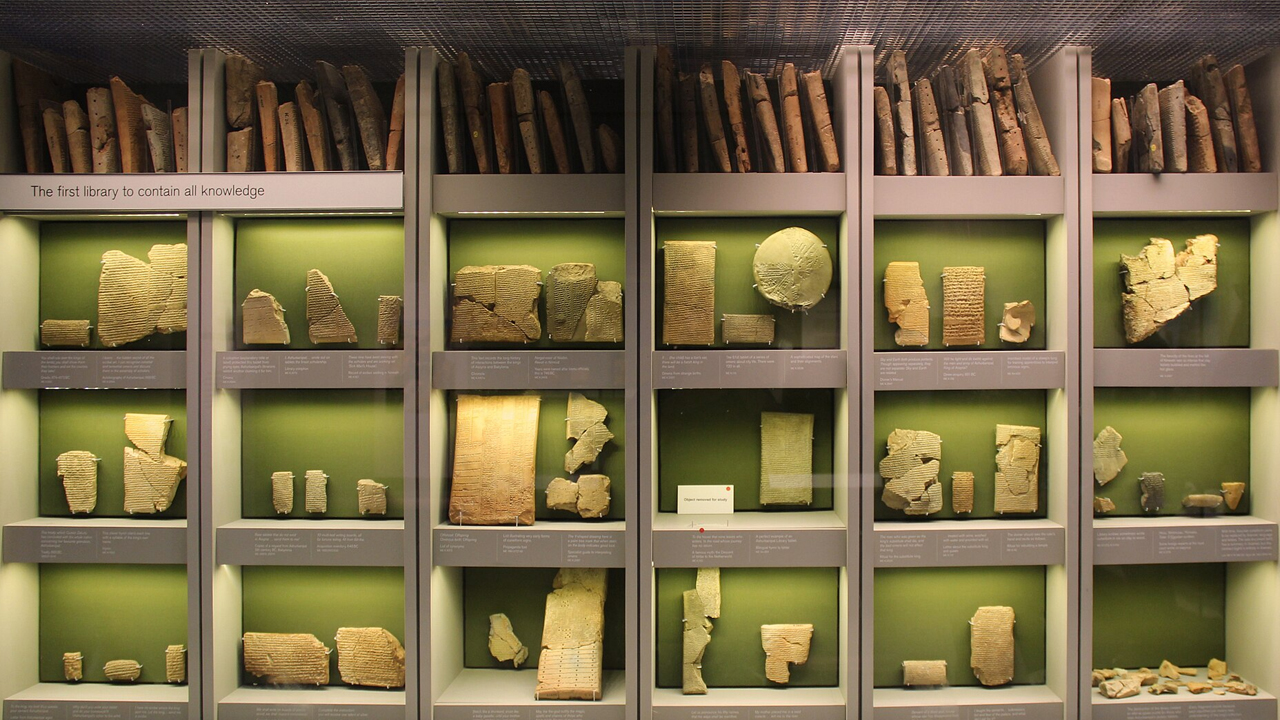
The Library of Ashurbanipal, discovered in the ruins of Nineveh in the mid-19th century, contains thousands of clay tablets with cuneiform writing. This library offers a wealth of information about Assyrian culture, literature, and knowledge.
The Olduvai Gorge
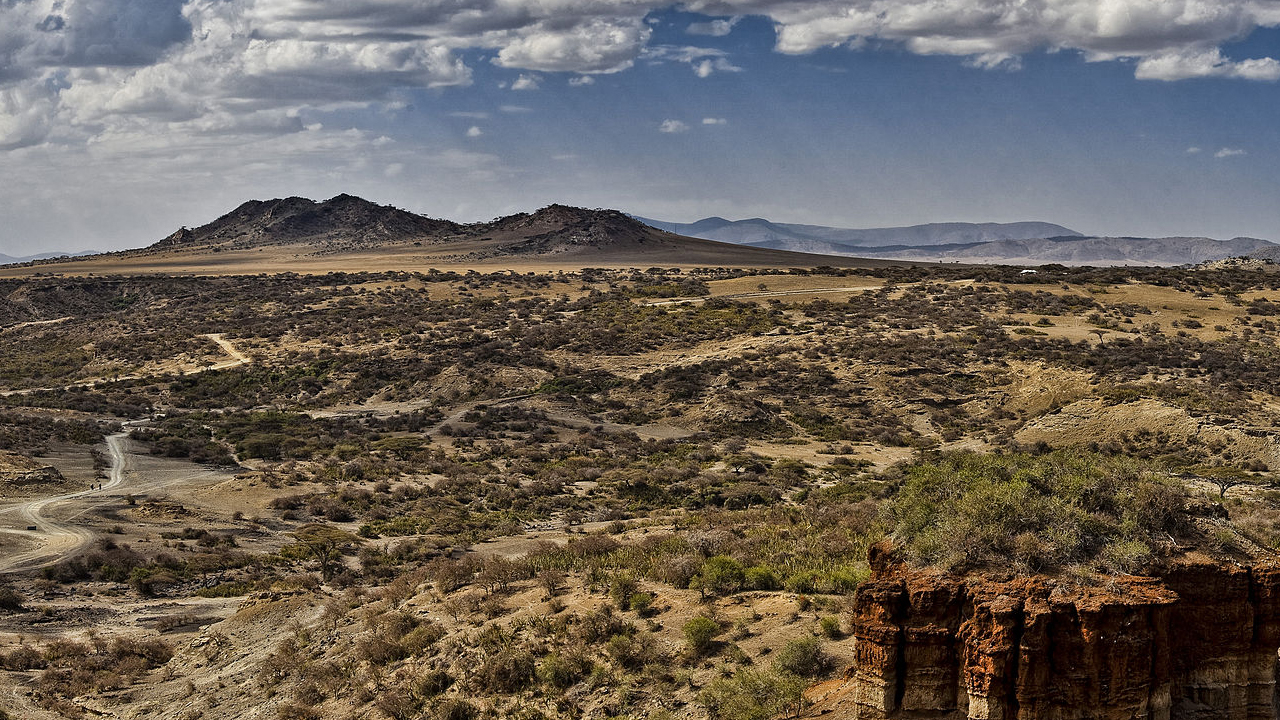
Olduvai Gorge in Tanzania is one of the most important paleoanthropological sites in the world. Discoveries here, including early human fossils and tools, have provided critical insights into human evolution.
The Riace Bronzes
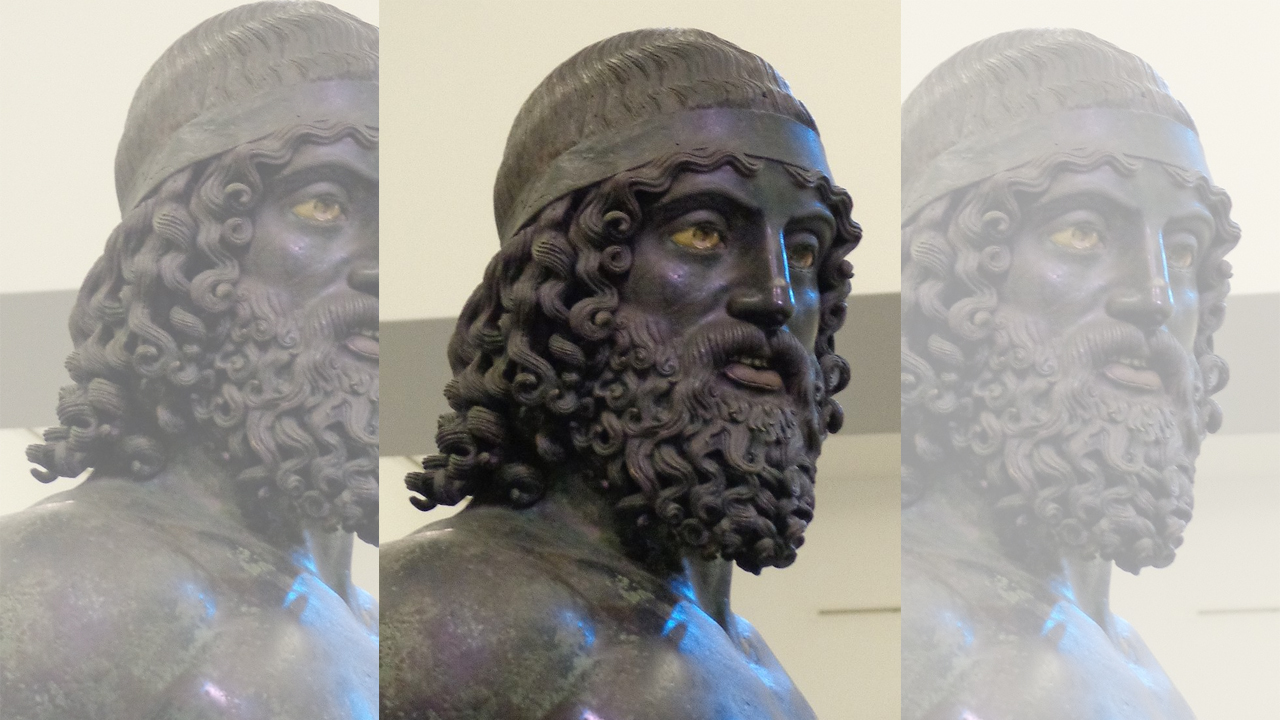
The Riace Bronzes, discovered off the coast of Italy in 1972, are two full-size Greek bronze statues from around 460-450 BC. These well-preserved sculptures provide valuable insights into ancient Greek art and techniques.
The Shroud of Turin
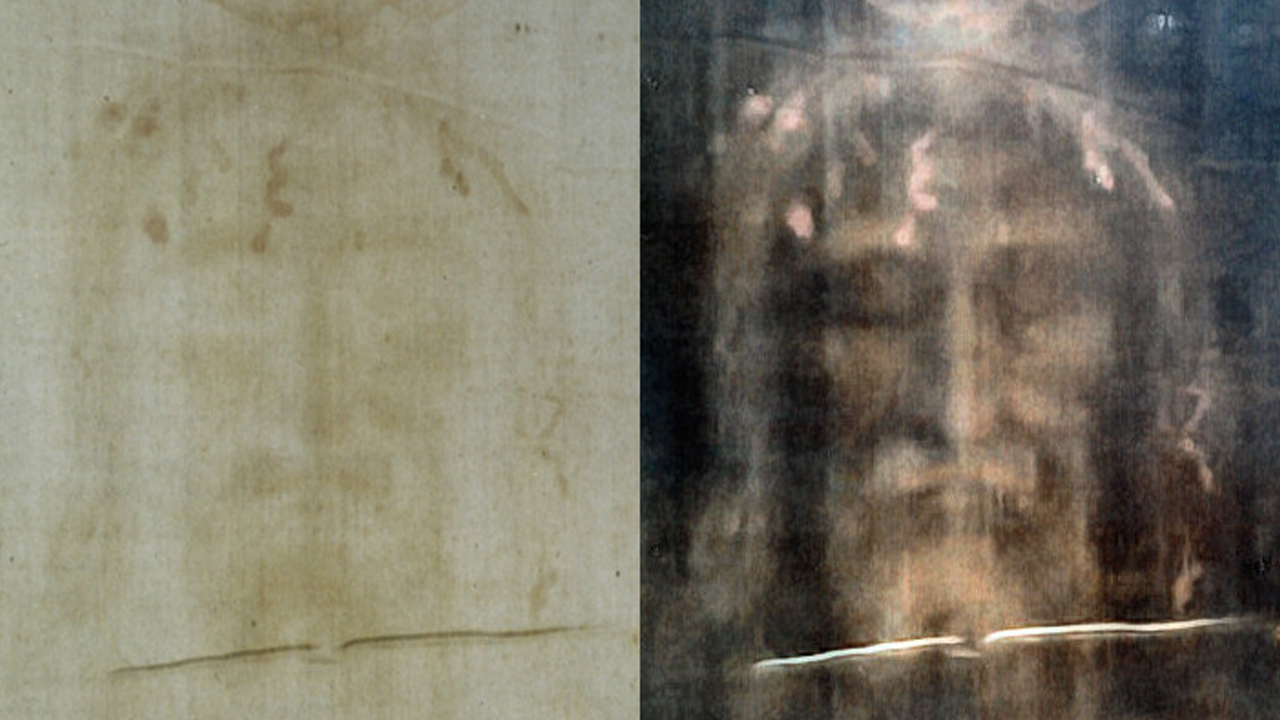
The Shroud of Turin is a linen cloth bearing the image of a man, believed by some to be Jesus Christ. First mentioned in historical records in the 14th century, it has been the subject of much scientific and theological debate.
The Bactrian Gold
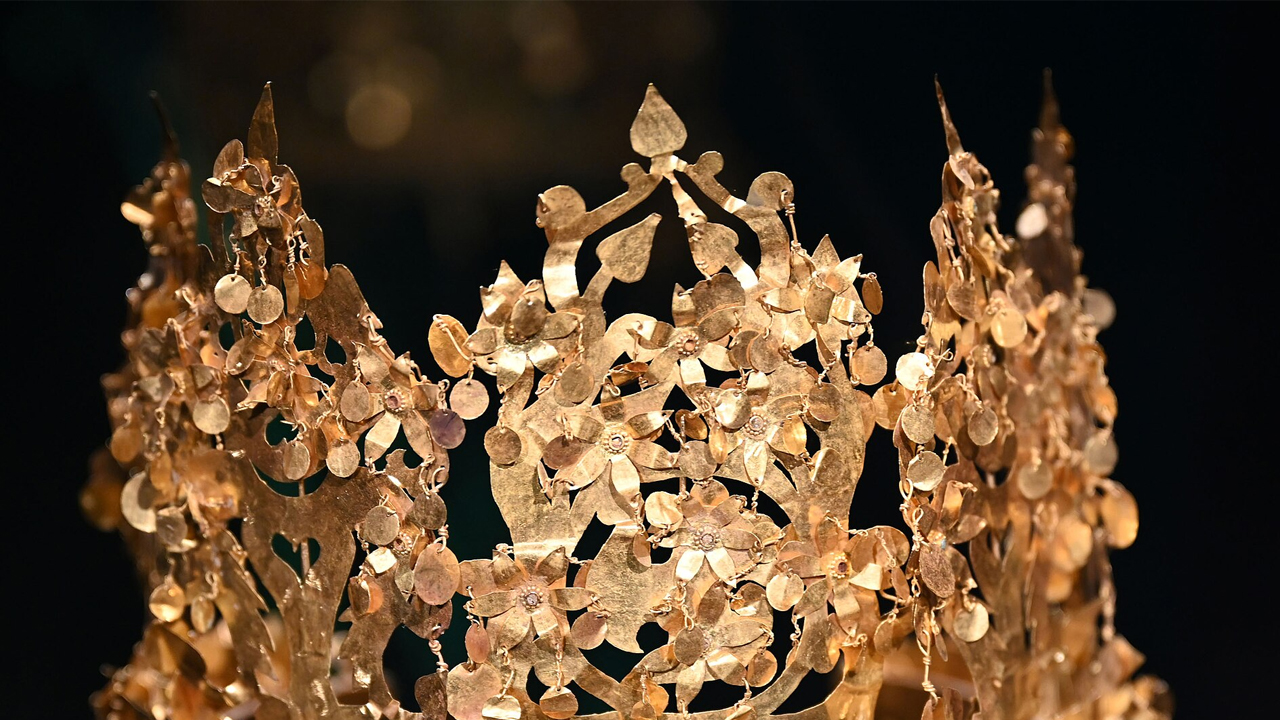
The Bactrian Gold, discovered in 1978 in Afghanistan, consists of thousands of gold pieces from the 1st century AD. This treasure trove provides insights into the wealth, craftsmanship, and cultural exchanges of ancient Central Asia.
Ellen has been obsessed with logic puzzles, jigsaws, and cryptograms since she was a kid. After learning she was taught how to play chess wrong by a family friend (so they could win), she joined her school chess club and the rest is history.

